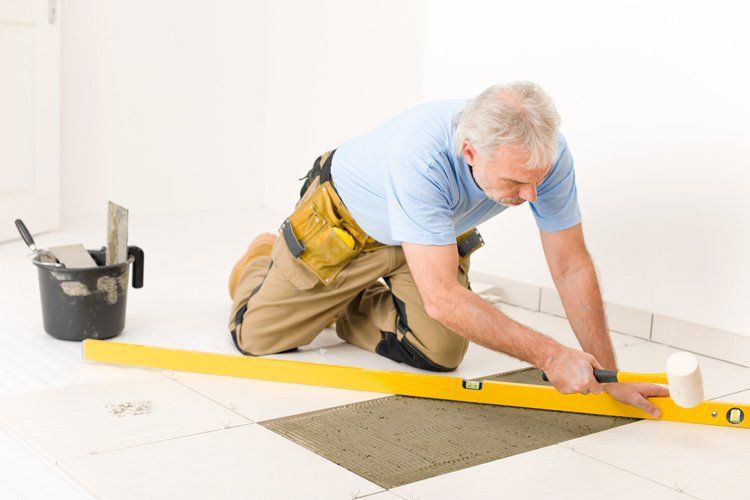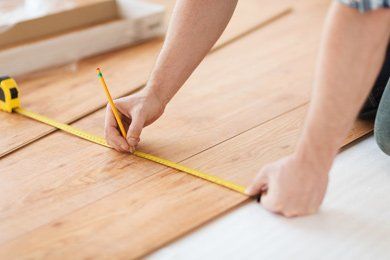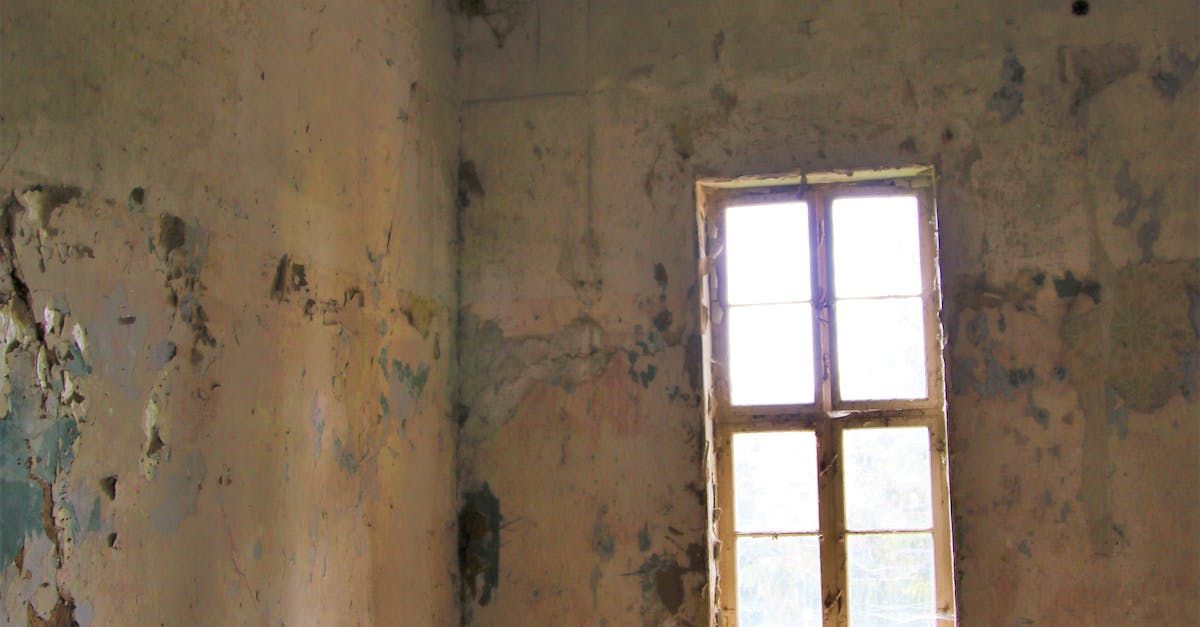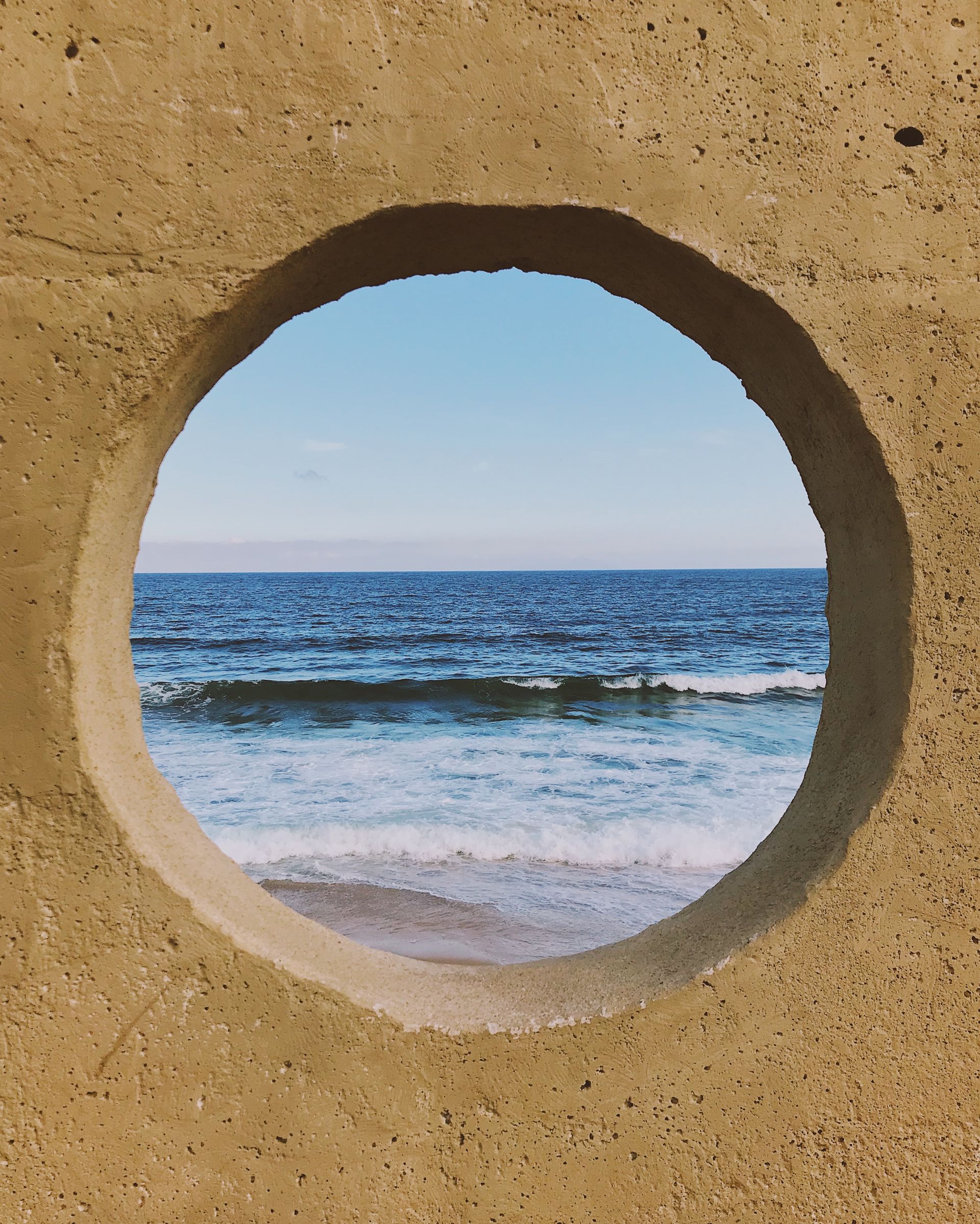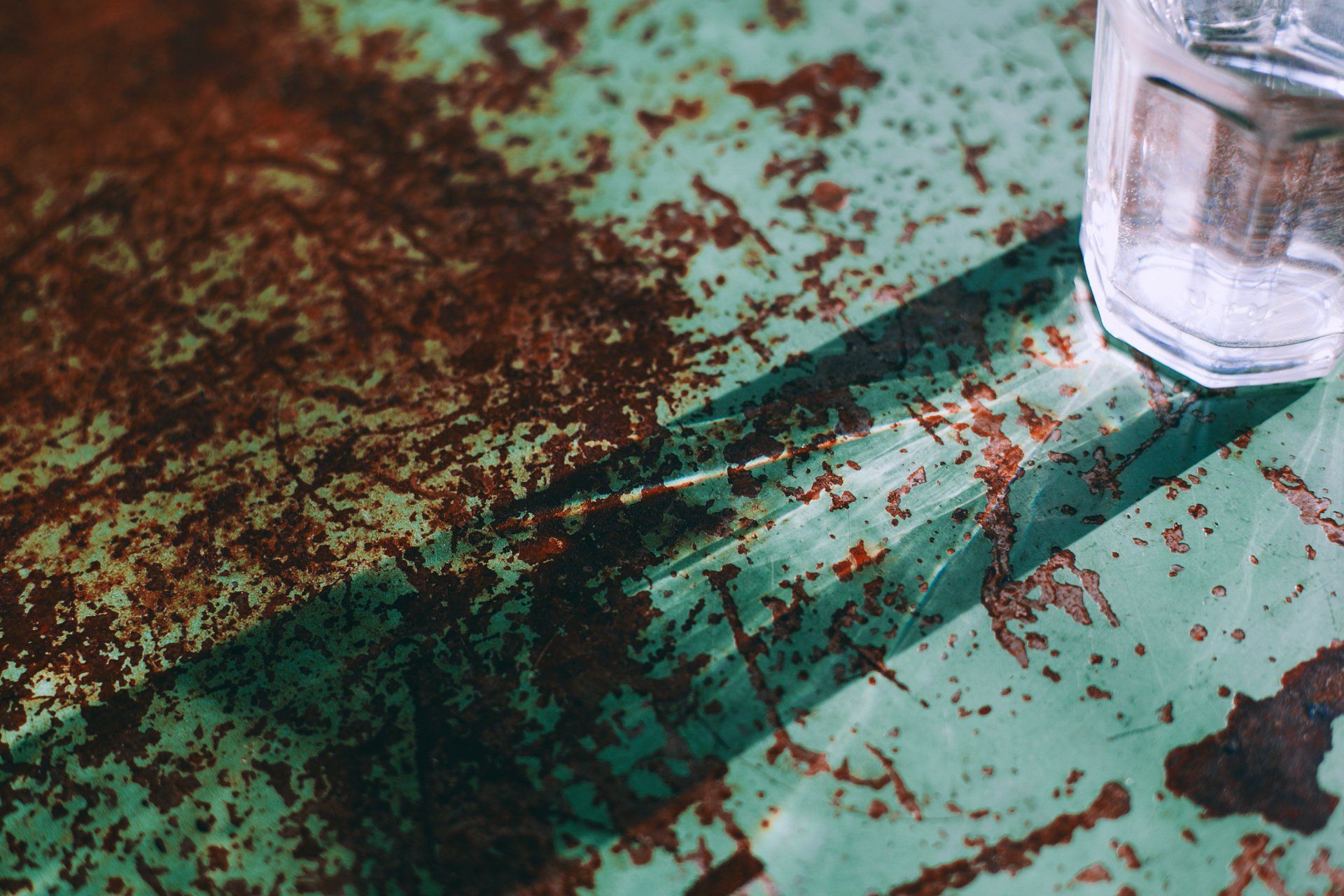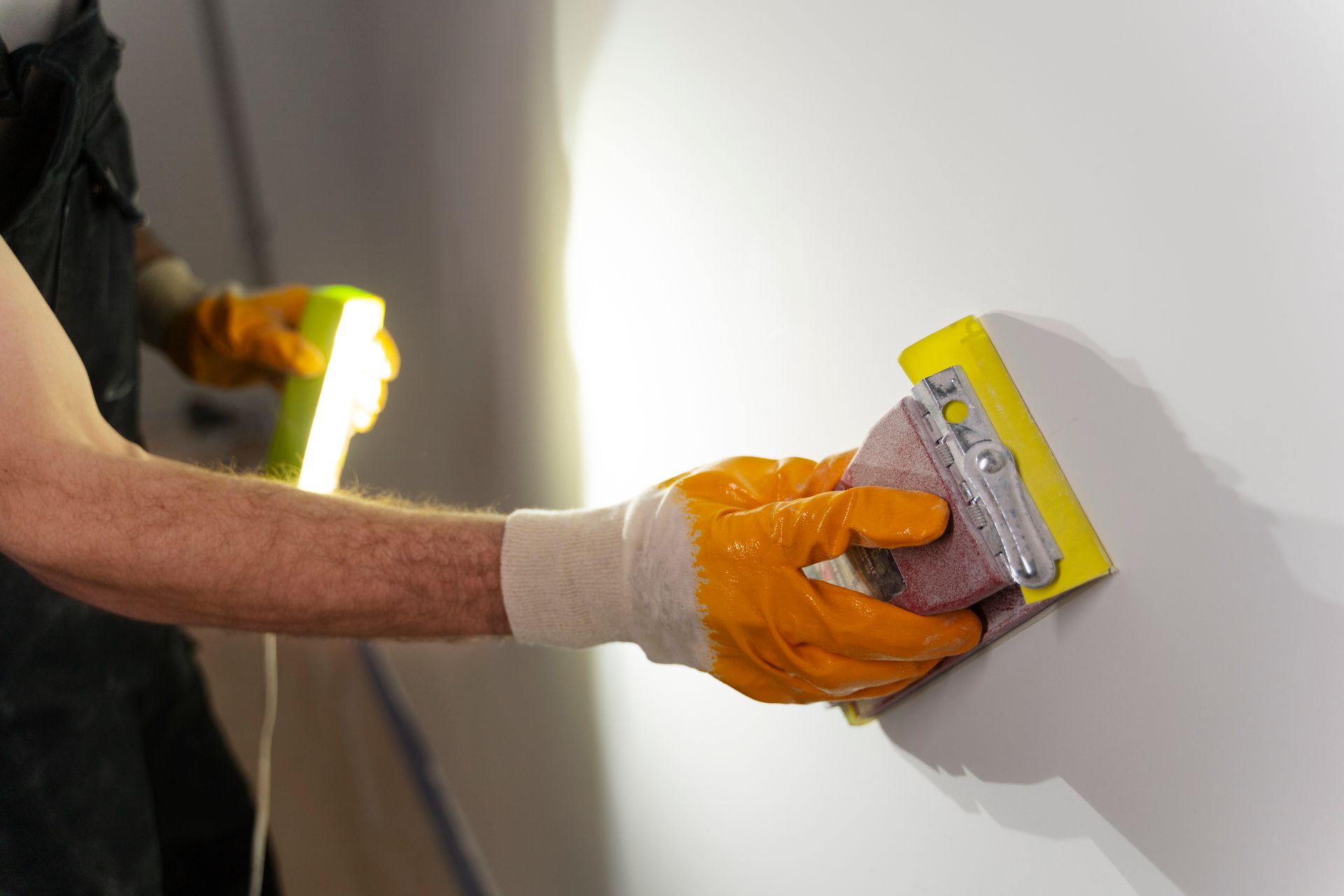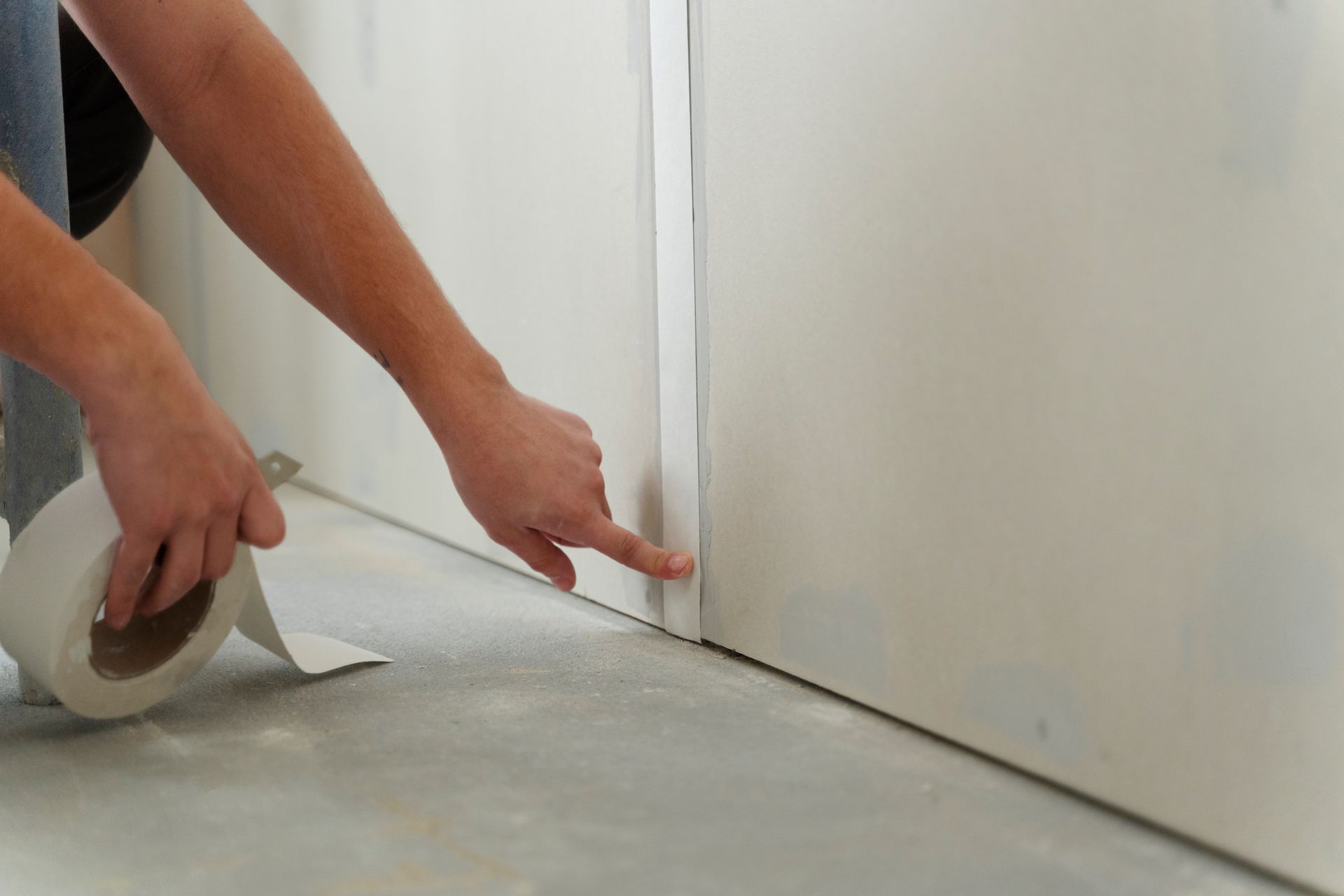Wall Wizardry: Tips and Tricks for Drywall Texturing
Mastering the Art of Drywall Texture - A Comprehensive Guide to Elevate Your Walls
Drywall texturing is an art that transforms the mundane walls of your home or office into a canvas of intricate designs and tactile experiences. This comprehensive guide delves into the various aspects of drywall texture, offering valuable tips and tricks to both beginners and seasoned practitioners.

The Basics of Drywall Texture and Installation
Understanding Drywall Texture and Drywall Installation
Before diving into texturing, it's crucial to understand drywall installation. Drywall, also known as plasterboard wall or wallboard, serves as the canvas for your textural creativity.
Proper installation ensures a smooth and stable base for any texture you choose to apply.
Textured Paint: The Foundation of Wall Texture
Choosing and Applying Textured Paint
Textured paint is a cornerstone in the world of wall texture. Whether you're looking to paint walls with a subtle texture or opt for a more pronounced effect, selecting the right textured paint is key. Application techniques vary, so it's important to experiment with different tools and strokes to achieve your desired outcome.
The Allure of Knockdown Texture
Creating Knockdown Wall Texture and Knock Down Texture on Walls
Knockdown texture, a popular choice for its subtle yet distinctive look, involves applying drywall paint or texture paint and then partially smoothing it down. This technique creates a mottled, yet uniform appearance, ideal for hiding imperfections or adding character to plain walls.
Working with Plaster Walls
Harnessing the Beauty of Plaster for Texturing
Plaster walls offer a unique opportunity for texturing. Their solid and smooth surface makes them an ideal candidate for intricate drywall texture walls. Whether you're applying knockdown texture or a more elaborate design, plaster walls can elevate the aesthetic of any room.
The Role of the Texturing Gun
Utilizing a Texturing Gun for Consistent Results
A texturing gun is an invaluable tool for applying wall texture paint or texture to paint. It allows for even distribution and can be adjusted to create various patterns and effects. Mastering the texturing gun is essential for anyone serious about drywall texturing.
Paint and Texture: A Harmonious Blend
Combining Paint and Texture for Stunning Effects
The interplay between paint and texture is where the magic happens. Walls with textured paint not only add visual interest but also tactile appeal. Experimenting with different colors and textures can result in stunning and unique wall designs.
The Versatility of Wallboard Texture
Exploring the Possibilities with Wallboard Texture
Wallboard texture offers a versatile base for texturing. Its unique composition allows for a variety of textures to be applied, from subtle to dramatic. Understanding the properties of wallboard texture is key to exploiting its potential fully.
Texture Paint Texture: The Final Touch
Adding Depth and Dimension with Texture Paint Texture
Texture paint texture is all about adding depth and dimension to your walls. This final layer can transform a flat surface into a dynamic and engaging one. Mastering this technique requires practice but can yield incredibly rewarding results.
Tips and Tricks for Perfecting Drywall Texture
- Start with a Clean Slate: Ensure your drywall is clean and smooth before beginning.
- Experiment with Samples: Test your techniques on small sections before committing to a whole wall.
- Mix and Match Techniques: Combine different textures and paints for unique effects.
- Practice Patience: Some textures require time to set or dry; don’t rush the process.
- Invest in Quality Tools: Good tools can make a significant difference in the ease and quality of application.
- Stay Informed: Keep up with the latest trends and techniques in drywall texturing.
Advanced Techniques in Drywall Texturing
Exploring Beyond the Basics
Once you've mastered the fundamentals, it's time to delve into more advanced
drywall texturing techniques. These methods require a finer touch and a deeper understanding of materials, but they offer a wider range of possibilities for customization and creativity.
Layering Textures
Creating Depth with Multiple Layers
Layering different textures can create an unparalleled depth and complexity. This technique involves applying one texture over another once the base layer has dried. The key is to choose textures that complement each other and to be mindful of the drying times for each layer.
Custom Textures
Crafting Unique Textures for a Personal Touch
Creating your own custom textures can set your work apart. This might involve experimenting with different tools, such as sponges, combs, or even homemade instruments. The goal is to create a pattern or texture that is uniquely yours, offering a signature look that can't be found elsewhere.
Texturing with Additives
Enhancing Texture with Additives
Incorporating additives into your texture paint or compound can alter its consistency and appearance. Common additives include sand, glitter, or small beads, which can add a tactile element to the texture. This method requires careful mixing to ensure the additives are evenly distributed.
Environmental Considerations
Texture That Adapts to Its Surroundings
Consider the environment where the texture will exist. Textures in high-moisture areas like bathrooms or kitchens may require different materials or protective coatings. Similarly, textures in high-traffic areas should be durable and easy to clean.
The Art of Color in Texturing
Enhancing Textures with Strategic Color Use
Color plays a vital role in how a texture is perceived. Light colors can make a texture stand out, while darker colors can add depth. Using contrasting colors can highlight the texture's peaks and valleys, creating a more dramatic effect.
Combining Textures and Paint Techniques
A Symbiotic Relationship
Combining different painting techniques with textures can result in stunning visual effects. For instance, a faux finish or a distressed look can complement a well-chosen texture, giving walls a sophisticated and artistic appearance.
Maintenance and Repair of Textured Walls
Ensuring Longevity and Beauty
Maintenance is crucial for keeping your textured walls looking their best. Regular cleaning and occasional touch-ups can help preserve the texture's integrity. Learning how to repair small areas without redoing the entire wall is a valuable skill for any texturing enthusiast.
Environmental and Health Considerations
Safe Practices in Drywall Texturing
Always be mindful of the health and environmental impact of your texturing materials. Use low-VOC paints and sustainable materials whenever possible. Ensure proper ventilation during application and drying, and always wear appropriate protective gear.
Conclusion
Drywall texturing is a dynamic and evolving art form. As you grow in skill and confidence, you'll discover new techniques and styles, expanding the boundaries of what you can achieve with texture. Remember, every wall is a new opportunity to express creativity and craftsmanship. With these tips and tricks, you're well-equipped to take your drywall texturing to the next level, turning ordinary walls into extraordinary expressions of your artistic vision.
Ready to work with Dallas Drywall Solutions?
Let's connect! We’re here to help.
Send us a message and we’ll be in touch.
Or give us a call today at 972-362-9799

